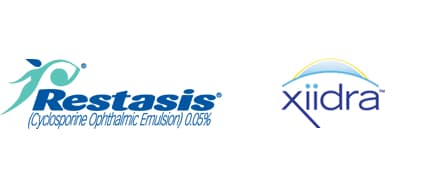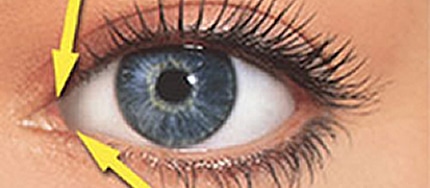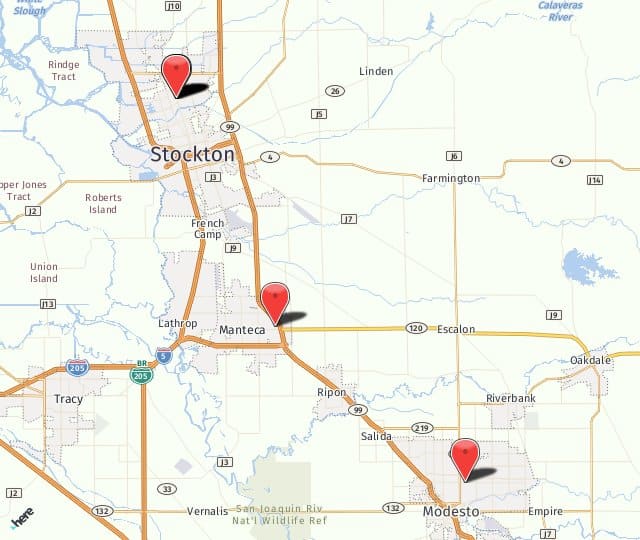Dry Eye Treatment in Stockton, Modesto, & Manteca, CA
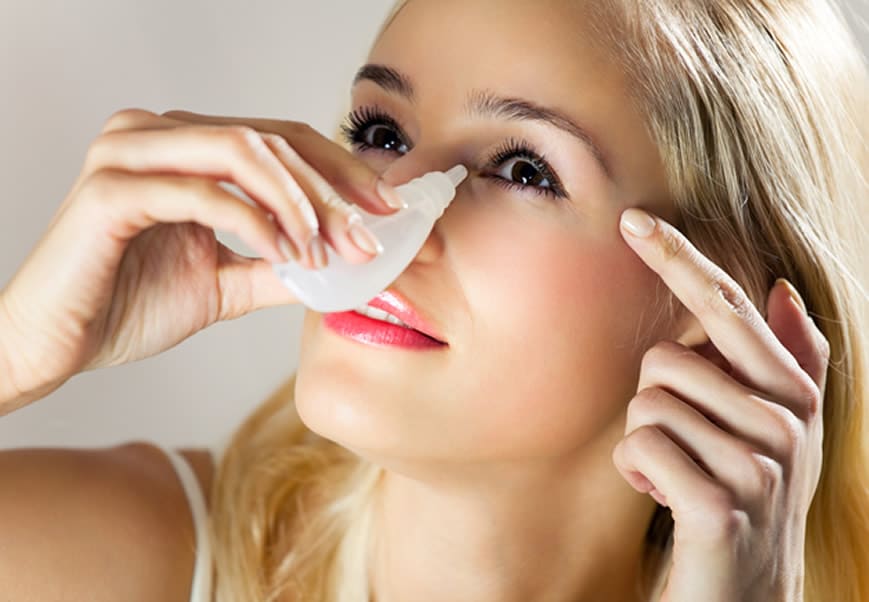
SCHEDULE AN APPOINTMENT
If you would like to learn more about Dry Eye Treatment in Stockton, Modesto, & Manteca, CA call 1-800-244-9907 to make an appointment at Central Valley Eye Medical Group.
Dry eye syndrome is more than just an annoyance—it can significantly impact your quality of life, causing discomfort, blurred vision, and irritation. At Central Valley Eye Medical Group, we understand the complexities of dry eye and offer personalized treatment plans designed to provide lasting relief. Our doctors use the latest diagnostic tools to identify the underlying causes of your dry eye, allowing us to create a tailored approach that addresses your specific needs. With our comprehensive care, you can trust that we’ll help you achieve clear, comfortable vision so you can get back to enjoying your life without dry eye discomfort.
What Is Dry Eye?
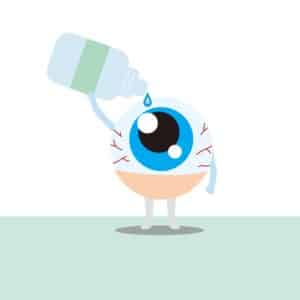 The name “dry eye” can be a little confusing since one of the most common symptoms is excessive watering. It makes more sense, though, when you learn that the eye makes two different types of tears.
The name “dry eye” can be a little confusing since one of the most common symptoms is excessive watering. It makes more sense, though, when you learn that the eye makes two different types of tears.
The first type, called lubricating tears, is produced slowly and steadily throughout the day. Lubricating tears contain a precise balance of mucous, water, oil, nutrient proteins, and antibodies that nourish and protect the front surface of the eye.
The second type of tear, called a reflex tear, does not have much lubricating value. Reflex tears serve as a kind of emergency response to flood the eye when it is suddenly irritated or injured. Reflex tears might occur when you get something in your eye, when you’re cutting onions, when you’re around smoke, or when you accidentally scratch your eye.
The reflex tears gush out in such large quantities that the tear drainage system can’t handle them all and they spill out onto your cheek. Still another cause of reflex tearing is irritation of the eye from lack of lubricating tears. If your eye is not producing enough lubricating tears, you have dry eye.
At Central Valley Eye Medical Group, we offer treatment for dry eye for patients in Stockton, Manteca, CA and surrounding areas.
FAQ
What Causes Dry Eye?
Symptoms of Dry Eye Syndrome
The following are symptoms you may experience when you have dry eye:
- Watery eyes
- The feeling that there’s sand in your eyes
- Eyes that itch and burn
- Vision that becomes blurred after periods of reading, watching TV, or using a computer
- Red, irritated eyes that produce a mucus discharge
How Is Dry Eye Diagnosed?
Your eye doctor can check for dry eye by examining your eyes with magnifying instruments, measuring your rate of tear production and checking the amount of time it takes for tears to evaporate between blinks. Your doctor can also check for pinpoint scratches on the front surface of the eye caused by dryness using special, colored eye drops called fluorescein or Rose Bengal.
Artificial Teardrops for Dry Eye
The most common treatment for dry eye is the use of artificial teardrops that help make up for the lack of natural lubricating tears. Artificial tear products come in liquid form, longer-lasting gel form and long-lasting ointment form, which is most often recommended for nighttime use. Many different brands of artificial tears are available over-the-counter. Some contain preservatives and some do not. Unpreserved tears may be recommended for people whose eyes are sensitive to preservatives. Artificial tears can generally be used as often as needed, from a few times per day to every few minutes. You should follow the regimen your doctor recommends.
When infection, inflammation of the eyelids or clogged oil glands contribute to dry eye, special lid cleaning techniques or antibiotics may be recommended. It may also help to avoid hot, dry or windy environments or to humidify the air in your home or office. If artificial teardrops do not suffice, you may be a candidate for other treatment options.
Dry Eye Treatment Options
Restasis®
Restasis is an exciting new treatment for Dry Eye Disease. Restasis drops help the eyes produce more tears by reducing inflammation, which is often a cause of dry eye. Unlike artificial tears, Restasis is the first drug proven to effectively treat a cause of Dry Eye Disease rather than only temporarily alleviate symptoms.
Punctal Occlusion
Punctal occlusion is a medical treatment for dry eye that may enable your eyes to make better and longer use of the few lubricating tears they do produce.
Intense Pulsed Light (IPL)
Intense Pulsed Light (IPL) is a technology that has traditionally been used for improving the skin tone in areas with pigmented spots or unsightly blood vessels on the surface of the skin. More recently, it has been demonstrated to be an effective treatment for dry eyes.
Learn More
SCHEDULE AN APPOINTMENT
If you would like to learn more about Dry Eye Treatment in Stockton, Modesto, & Manteca, CA call 1-800-244-9907 to make an appointment at Central Valley Eye Medical Group.
What Are Tips for Dealing with Winter Dry Eye?
Winter can be particularly harsh on the eyes, as cold air outside and dry indoor heat can exacerbate dry eye symptoms. To manage winter dry eye effectively:
- Use a Humidifier: Increasing the humidity in your home or office can help prevent your eyes from drying out. Aim for a humidity level between 30-50%.
- Stay Hydrated: Drinking plenty of water keeps your body hydrated, which in turn helps maintain healthy tear production.
- Wear Protective Eyewear: When outside, wear wraparound glasses or goggles to shield your eyes from cold wind and prevent moisture from evaporating.
- Avoid Direct Heat Sources: Try to avoid sitting too close to heaters or fireplaces, which can dry out the air around you.
- Use Artificial Tears: Over-the-counter artificial tears can provide immediate relief from dry eye symptoms. Use them regularly throughout the day.
- Limit Screen Time: Prolonged screen time can reduce your blink rate, which may worsen dry eye. Take frequent breaks using the 20-20-20 rule: every 20 minutes, look at something 20 feet away for at least 20 seconds.




